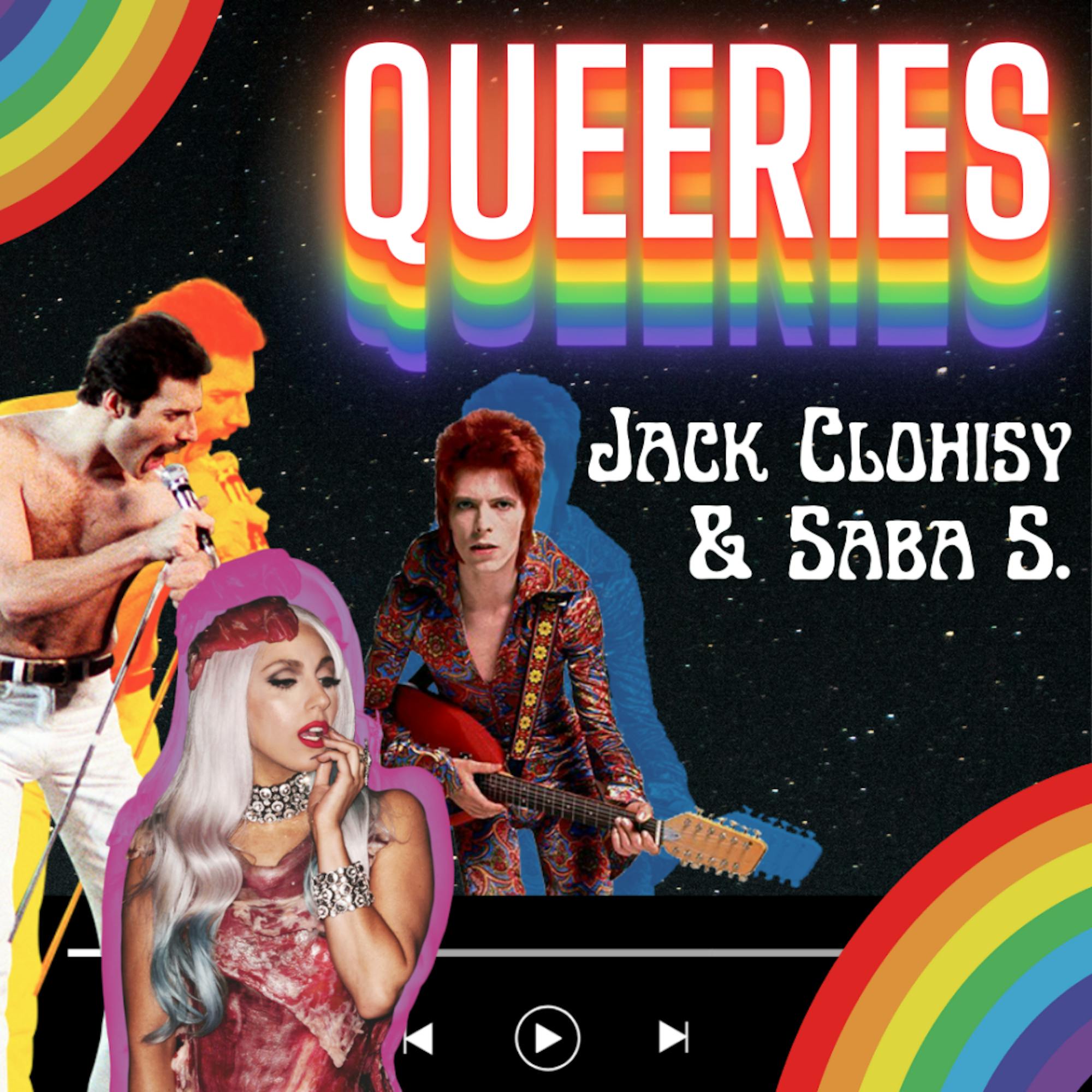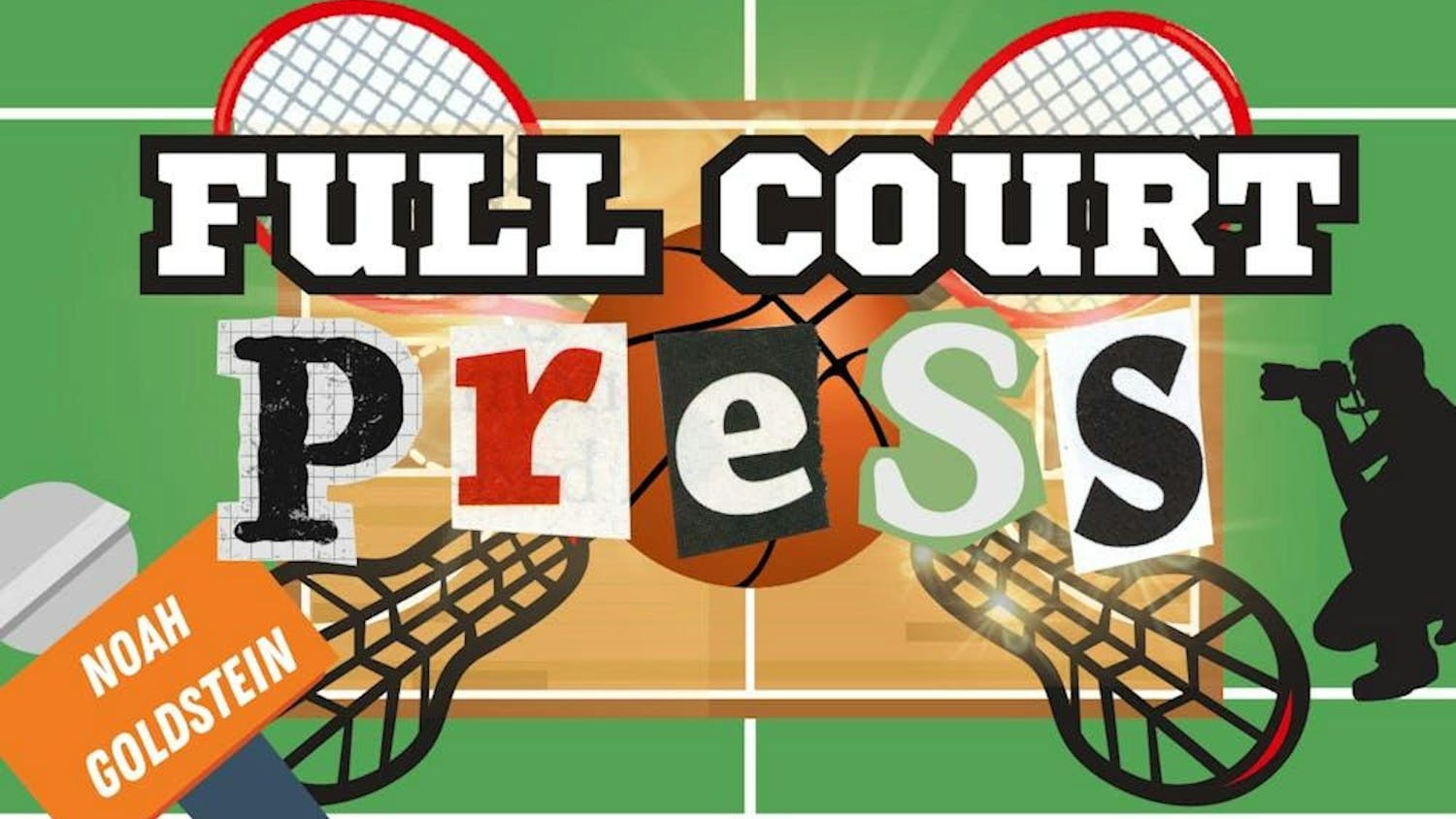Queeries: Valentine's Day special
Valentine’s Day is a holiday branded with chocolate-shaped hearts and heart-shaped candies. Boyfriends buy their girlfriends bouquets of red roses and sparkling diamond jewels. Girlfriends write about the futures that they crave with their boyfriends. It is a day dedicated to celebrating romantic, heterosexual love.
Modern media capitalizes on this idealized image of love and consumers get lost in a sea of unrealistic portrayals of relationships. Even the movies that taught you about love when you were younger have an underlying message that love is transactional like in “Pretty Woman” (1990) with Julia Roberts having a field day with Richard Gere’s wallet on Rodeo Drive. Even more recent films communicate that homosexual romances don’t last with the heartbreaking last scene of “Call Me by Your Name” (2017) when Oliver tells Elio that he’s soon to be married.
Similarly, in the movie “Valentine’s Day” (2010), which integrated a gay couple Holden (Bradley Cooper) and Sean (Eric Dane), the minor plot surrounding queerness is about a breakup. Sean hasn’t come out as gay because he plays professional football, and Holden can’t understand why that’s holding him back from being open about who he is. The immediate thought here is that homosexual relationships portray the doom of lovers and promote the trope that gay relationships are toxic and dysfunctional. Not to mention that the two men playing gay characters are straight, white and cisgender, further promoting the toxic masculinity that already exists in the gay community.
Time and time again we see the portrayal of queer love squandered: “Brokeback Mountain” (2005), “My Policeman” (2022). There is an evident push for greater queer representation on screen, but what is interesting is that the audience is rarely given successful queer relationships to model. Queer tragedy exists, that is undeniable, but so does queer joy, queer yearning and queer existence beyond despair.
The notion of “queering” is the idea in which queer identities are placed onto seemingly or confirmed heterosexual characters in media to create space for representation where representation does not exist. Throughout much of the twentieth century, queer people had a number of heterosexual and “heterosexual” (those who couldn’t live openly queer) icons in media. Some of the earliest forms of representation for queer people in the 20th century include Mae West, Marlene Dietrich, Judy Garland and Barbra Streisand: white women who were given mainstream media attention but also women who were beloved within the gay and sapphic communities for their resilience in a male-dominated society (in which queer people could relate a sense of struggle with) and for their public and private appreciation for the community.
Today, there is on-screen representation of queer love, but oftentimes the narratives focus on the pain surrounding queerness. If society would take a step back and reflect, then they might realize all the joy and celebration queer love in media has to offer.






